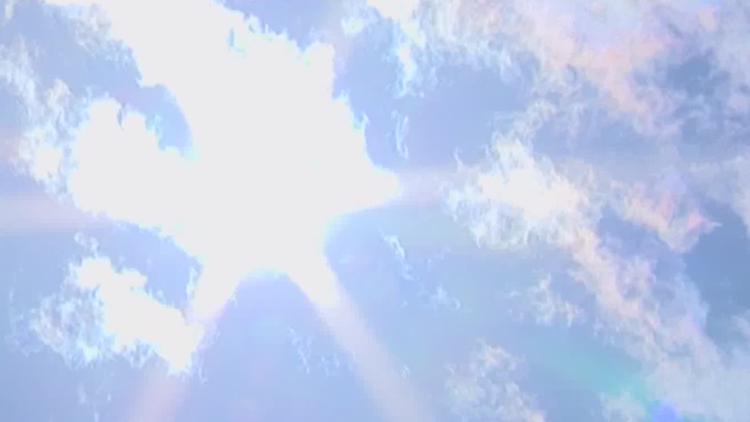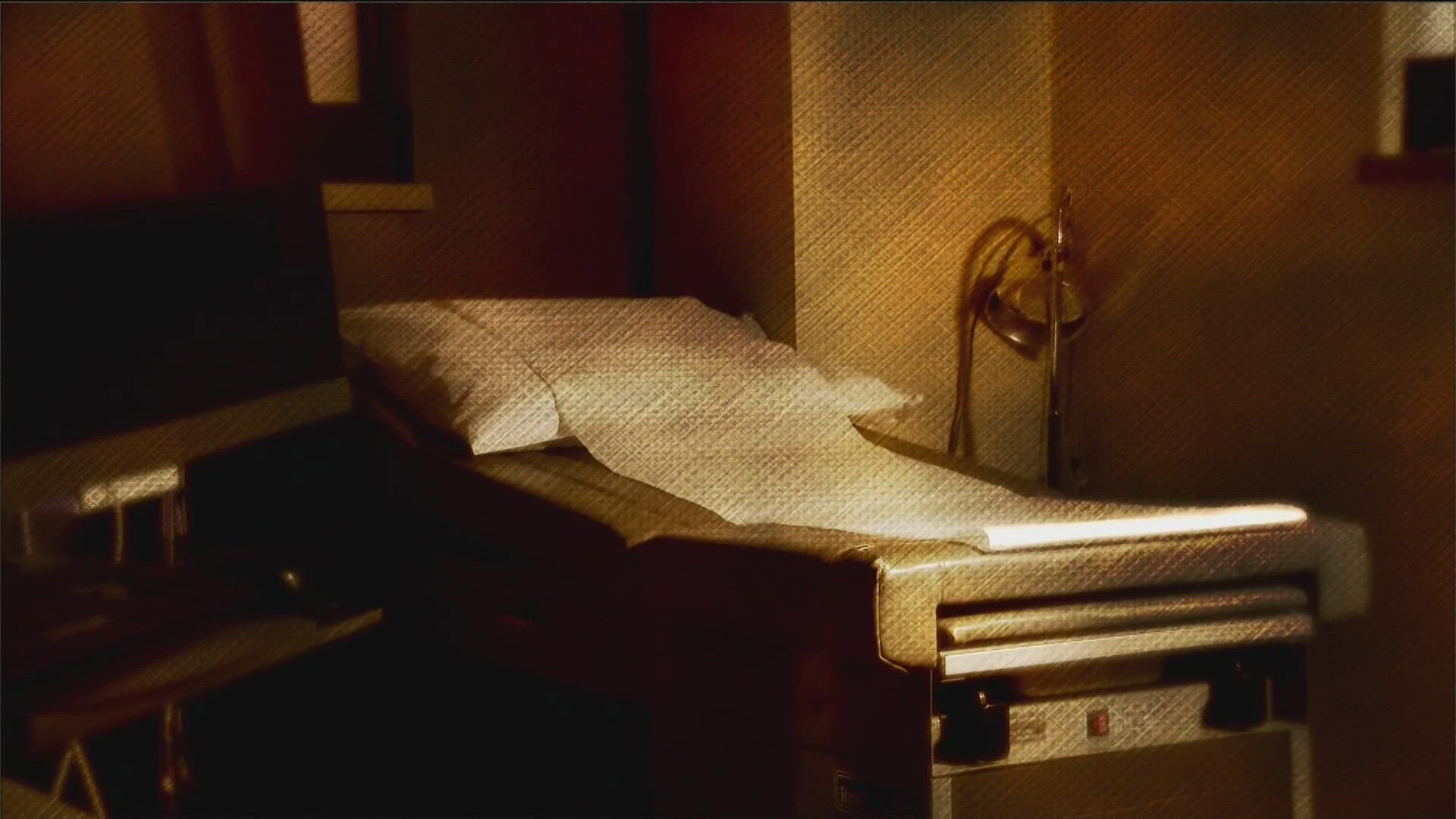BOISE, Idaho — Two Idaho public health districts have issued excessive heat advisories are we get closer extreme temperatures in the coming week.
Friday afternoon, both Southwest District Health and South Central Health sent out advisories.
The National Weather Service is predicting triple digit temperatures across much of southern Idaho from June 30 to July 5.
An excessive heat advisory means that extreme heat is likely. A heat advisory is issued when the heat, or combination of heat and humidity, is expected to become an inconvenience for much of the population, and a danger for some.
Public health officials say heat is the number one weather-related killer in the United States and they are urging people to take precautions and be safe.
Heat stroke, heat exhaustion, and heat stresses are not uncommon during extremely hot temperatures. Infants and children, older adults (over the age of 65), people with chronic conditions and individuals who work outdoors may be more prone to some form of heat stress.
Heat stroke occurs when the body becomes unable to control its temperature: the body's temperature rises rapidly, the body loses its ability to sweat, and it is unable to cool down.
During a heat wave it's important to drink plenty of fluids, stay out of the sun in the hottest part of the day, and check up on relatives and neighbors.
Young children, older adults, and pets are at higher risk for heat illness and should never be left unattended in vehicles under any circumstances. During hot weather, car interiors can reach lethal temperatures in a matter of minutes.
If you see any signs of heat exhaustion or stroke, seek medical help immediately.
Signs and symptoms of heat stroke vary but may include the following:
- An extremely high body temperature (above 103°F)
- Red, hot, and dry skin (no sweating)
- Rapid, strong pulse
- Throbbing headache
- Dizziness
- Nausea
Heat exhaustion is a milder form of heat-related illness that can develop after several days of exposure to hot temperatures and inadequate or unbalanced replacement of fluids.
Signs and symptoms of heat exhaustion vary but may include the following:
- Heavy sweating
- Paleness
- Muscle cramps
- Tiredness
- Weakness
- Dizziness · Headache
- Nausea or vomiting
- Fainting
- Skin: may be cool and moist
- Pulse rate: fast and weak
- Breathing: fast and shallow
Here are some things you can do to stay cool in the coming days:
- Drink plenty of water.
- Seek cooler locations during the day if no air conditioning is available.
- Limit physical activity
- Limit exposure to the sun (particularly between 10 a.m. -6 p.m. when heat is most powerful)
- Look before you lock! Never leave children, elderly persons, or pets unattended in enclosed vehicles even for a short time.
- Keep your A/C regularly maintained and take precautions.
- Play in the water! Turn on your sprinklers! Fill the kiddie pool!
- Avoid using the oven, plan for meals that do not require using the oven or stovetop.
Watch more weather:
See the latest weather forecasts and news in our YouTube playlist:



